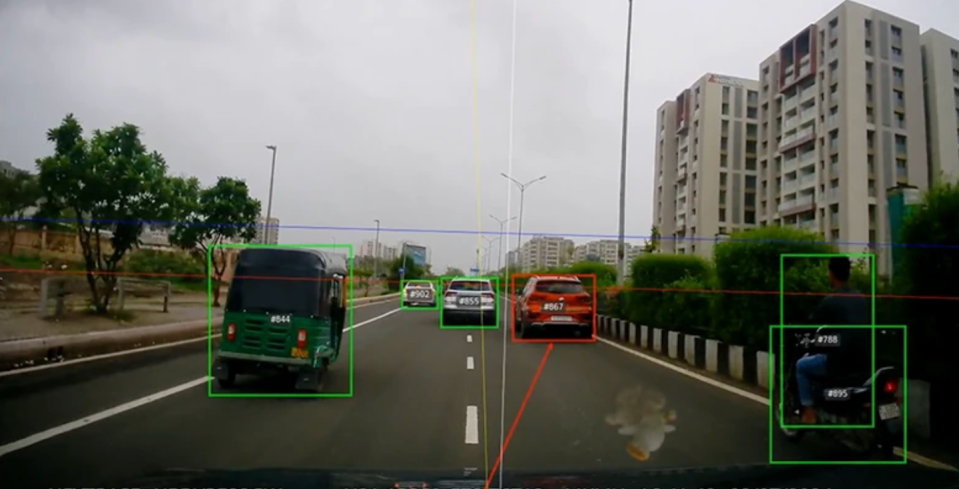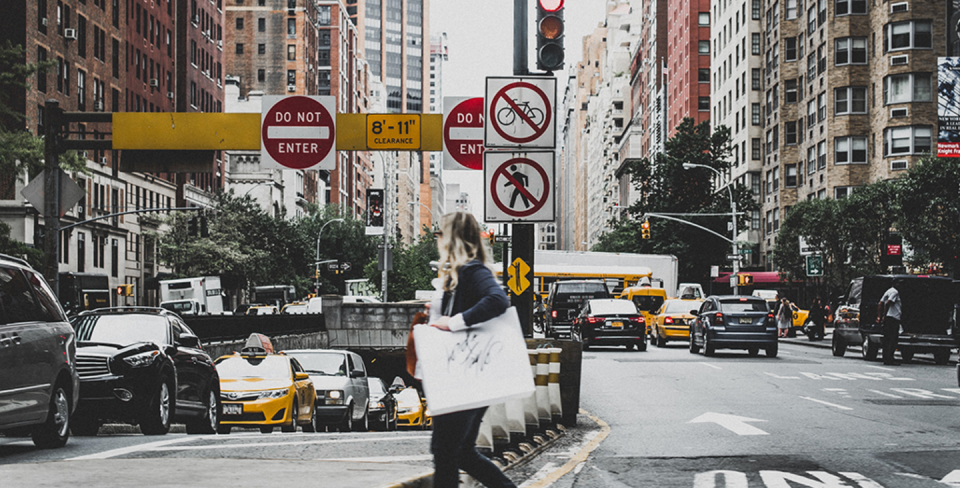You Don’t Need Accidents to Measure AV Safety Data, Streetscope Says

How should insurance companies, fleet operators, engineering firms, and government agencies measure the safety of automated driver-assistance systems?
Startup Streetscope has built a traffic safety intelligence platform that measures ADAS-equipped cars and trucks everywhere, every day, without waiting for a crash to happen.
“The Streetscope hazard measure is on a scale from 1-100 and one of the key performance indicators is, how often when you’re driving do you spend in the most hazardous pose?”
Since the general public caught wind about a dozen years ago of news that passenger cars and trucks would someday soon drive themselves, skeptics wanted to know how an autonomous system would decide whether to veer left to avoid a crash straight ahead, and risk hitting an oncoming vehicle head-on, or veer right and risk hitting a pedestrian or bicyclist.
In the years since, Tesla CEO Elon Musk has declared it would be irresponsible for an automaker to build passenger vehicles that do not have full self-driving capabilities, prompting at least a few of his acolytes to post videos on social media of themselves riding in a passenger seat, with no one in the driver’s seat.
The National Highway Traffic Safety Administration launched an investigation this year of Alphabet’s (formerly Google’s) Waymo autonomous vehicles some 15 years after they first took to the roads of Silicon Valley.
General Motors’ Cruise robotaxis have been run out of town in San Francisco, and by now, virtually everyone in the auto biz agrees that autonomous technology isn’t nearly as far along as everybody had expected by the mid-‘20s.
How should insurance companies, fleet operators, engineering firms, and such government agencies as NHTSA measure the safety of automated driver-assistance systems (ADAS), the Tier 1, Tier 2, and greater building blocks of full autonomy, anyway?
Founders of a five-year-old tech startup named Streetscope believe they have the answer.

Streetscope has built a traffic safety intelligence platform that measures ADAS-equipped cars and trucks everywhere, every day, without waiting for a crash to happen, says Mark Goodstein, the company’s CEO and co-founder.
“The industry is flying blind,” he says. “It has a dependence on backward-looking metrics like collisions, and to some extent, with disengagements which have nothing to do with safety.
“Meanwhile, on the human side, we have this reliance on a readily available set of data on harsh events, like steering and braking or accelerating. But those events don’t correlate to collisions either, and, unfortunately, we are still dependent on using those.”
Streetscope is not the first company to try using data to predict driver behavior and safety issues, says Sam Abuelsamid, Guidehouse Insights research analyst.
But tying in vehicle sensor data with information from infrastructure-based sensors could “provide a more complete view of what is happening,” he says via email, and “provide a better understanding of individual driver behavior risks as well as risks created by infrastructure design, and generate test scenarios for ADAS and ADS (automated driver systems).”

For its client base, the company is targeting transportation infrastructure and the automotive, insurance, and fleet industries. Customers already include Munich RE and MS&AD in the insurance business and FEV.io, a “very well-known engineering consultancy that works with every OEM in the world.”
Streetscope began by inventing an objective measure of collision hazard “without predictions or assumptions” that is simply a measure of physics, Goodstein says. “We can take any kind of data input. We use at a minimum forward-facing video with GPS.”
Here is how it works: Streetscope took telematic video data from fleets to create an objective comparison between two drivers.
“We analyzed it, put it through our platform to calculate it and produce measures,” Goodstein says. “The Streetscope hazard measure is on a scale from 1-100 and one of the key performance indicators is, how often when you’re driving do you spend in the most hazardous pose?
“So if you’re seeing 80 to 100, you’re probably driving in a hazardous way. But everyone drives with knuckleheads. So there’s always going to be people that will make it more dangerous. But if on average you are the driver that gets in a pose that’s hazardous five times per mile you are considerably safer and have less collision hazard, or likelihood, than someone who drives 30 times (in a hazardous pose) a mile.”
Streetscope labels every single interaction, “whether it’s passing on the left, passing on the right, T-bone, cut in from the left, etc.,” and labeling each of these so customers have “the ability to go into minute detail of specific types of driving circumstances on specific types of roadways.”
Are you confident in the amount of research being done to make autonomous vehicles safer? Please comment below.

 Yahoo Autos
Yahoo Autos 